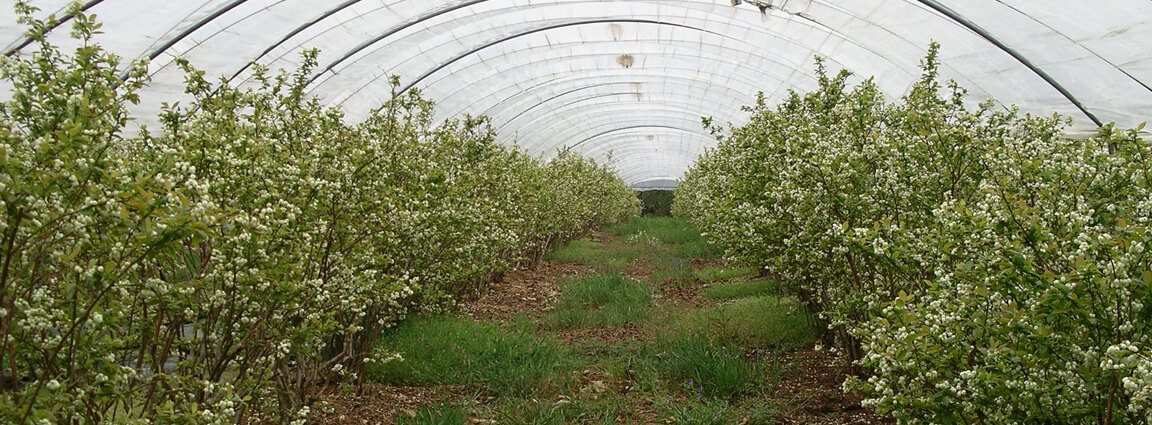
Early variety, adapted to hot climates, such as Huelva, where it is harvested in April-May. It is quite vigorous, of erect growth and very productive. The size of the fruit is large, firm, light blue in color and of excellent flavor and texture. Suitable for the entire southern and Mediterranean area. It is not suitable for areas with very cold winters.
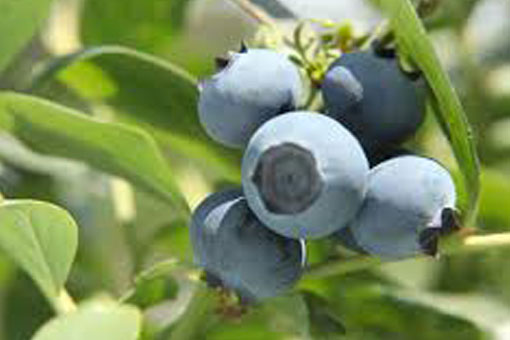
Variety of recent appearance on the market. Erect and very productive, also adapted to the Mediterranean climate. Later in harvest than Star and more productive, with large and very sweet fruit. Suitable for the entire southern and Mediterranean area. It is not suitable for areas with very cold winters.
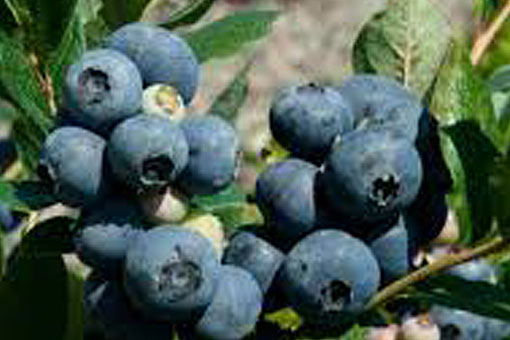
It is a very new variety, put on the market in 2012, adapted for a warm climate and earlier in maturation than Star and very productive. The fruit is of great quality, of great size and excellent flavor and texture. Suitable for the entire southern and Mediterranean area. It is not suitable for areas with very cold winters.
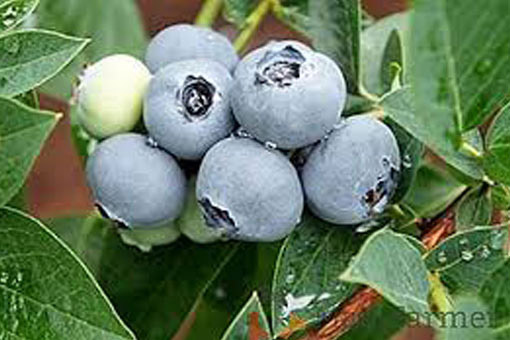
Late variety, selected from a cross between Briggita and Elliot and inheriting the best qualities of both. It has large bunches that hang outwards facilitating the harvest. Fruit with a semi-acid flavor, medium to large size, light blue and very firm.
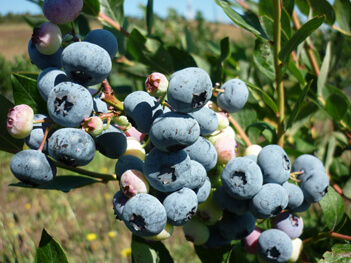
Very late variety of the rabbiteye group, which can finish maturing after Aurora. Medium vigor and requires heavy pruning the first years. It has a very large fruit of excellent quality, light blue and crunchy.
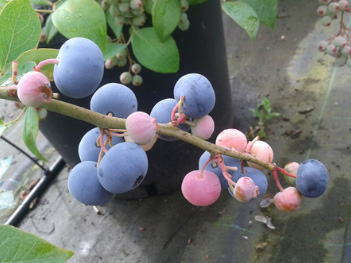
Variety of late blueberry plant, quite vigorous and very productive. Its fruit is very large, firm, light blue in color with a medium scar and good taste with an acid touch. It has a staggered harvest of 4 to 6 weeks.
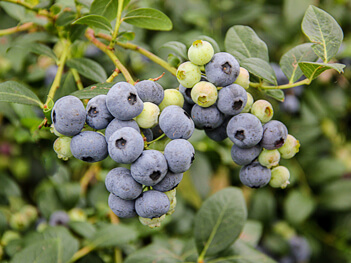
Medium season variety, quite vigorous and very productive. The size of the fruit is medium, very firm, light blue in color and with an excellent flavor.
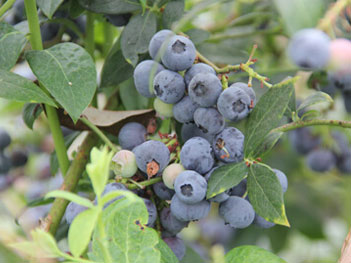
Late variety, medium vigor and late flowering. Fruit of medium size, light blue color, firm, with a small and dry scar. Acid taste but improves its quality in cold storage.
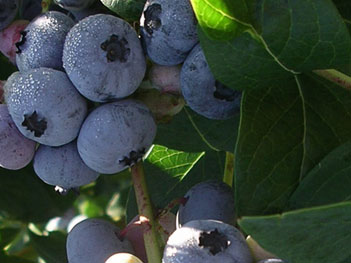
Vigorous and very productive mid-season variety. The fruit is large and slightly acidic with a small and dry scar, it has an exceptional keeping quality and a very pleasant crunchy sensation when chewing.
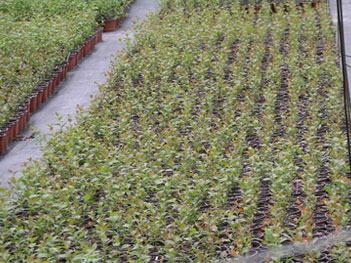
It is the latest variety, it belongs to the rabbiteye group, and can mature until November. Fruit of medium / large size, of very good quality, slightly dark.
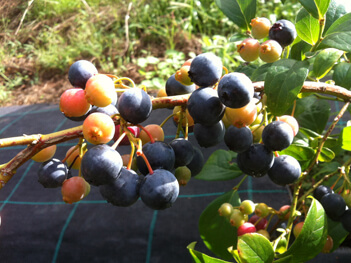
Early variety, moderately vigorous with large fruit, hard, small scar, light blue color and crunchy.
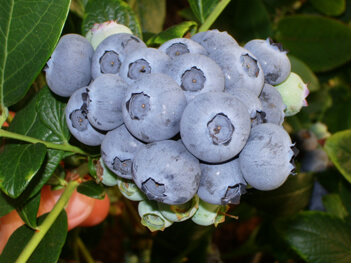
Early variety, harvest 1 week later than duke. Good vigor, very consistent fruit of medium size, light blue color.
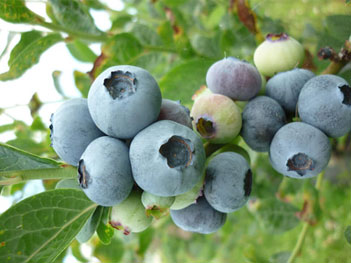
Vigorous and very productive mid-season variety. Its fruit is large, light blue and of good quality with a small scar, the harvest can last for 5 or 6 weeks.
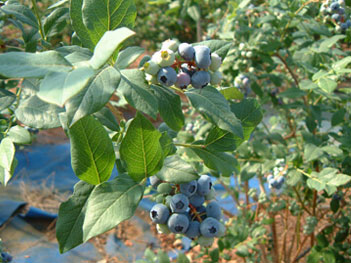
It is the latest variety within the “highbush” group matures between 5 and 10 days after Elliot, it is also more vigorous and productive, with large fruit, less acidic and slightly darker in color.
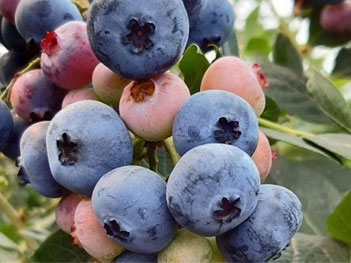
Blueberries are fruits that belong to the genus Vaccinium of the Ericaceae family and constitute a group of species widely distributed throughout the Northern Hemisphere, especially in North America, Central Europe and Eurasia, also found in South America and a few species in Africa and Madagascar. In addition to being eaten fresh, it is mainly consumed in jams, cakes and as an accompaniment to various dishes. It is a food rich in vitamins that provides few calories to the body.
Two large groups are distinguished, the cranberry and the blueberry, the latter being the only one used for fresh consumption.
Blueberries have been one of the last species domesticated by man. The first shrub selection and propagation techniques programs began in North America in the early 1900s. There are different varieties of common blueberry that differ in their ripening moment.
In the first decade of the 20th century, two botanists Elizabeth Coleman White and Frederick Vernon Coville, created the first varieties of great commercial interest, called "the magnificent 8" from which all other varieties have been obtained. These varieties are: Earlyblue, Bluecrop, Blueray, Berkley, Collins, Coville, Ivanhoe and Herbert.
The main producer of blueberries is North America, with the United States and Canada in the lead, followed by Poland, Spain and Germany in the northern hemisphere. In the Southern Hemisphere the main producers are Chile, Argentina and Peru.
In Europe, there are 2 production areas, the south, which includes almost exclusively the province of Huelva, with winter-spring production and the rest with countries such as Germany, Poland, Holland, England and the area of the North of Spain. They produce throughout the summer and early fall.
In recent years, the cultivation of blueberries has seen significant growth throughout the world. Specifically in Asturias (North of Spain where we are), it has gone from only 5 ha and about 5 professional farms to the current 150 ha distributed among about 70 producers in the last 10 years.
80% of the cultivated species are highbush, followed by V. ashei (rabbiteye) species with a proportion of around 14%.
To become familiar with this fruit, there are some terms related to the different types of blueberries most used for cultivation, which are important to know when starting a commercial plantation, in relation to the climatic zone where they will be installed and are the following:
There are 30 species that constitute the genus Vaccinium, but only a few are of commercial interest. For the northern area of Spain, there are 2 species that are much more important than the rest from the economic point of view: V. ashei Reade and V. corymbosum L.
Currently V. corymbosum L. is the most important, representing more than 80% of the cultivated area. Its main characteristics are described below: